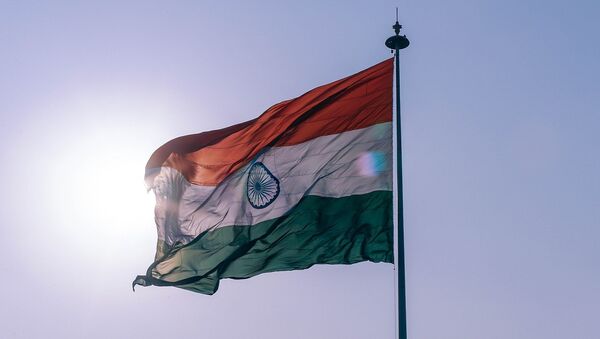Trade row between Washington and New Delhi has been emerging since US President Donald Trump took his office. According to Reuters, bilateral trade rose to $115 billion in 2016. However, Trump administration reportedly seeks to reduce its $31 billion trade deficit with India and is pressing New Dehli to ease trade barriers.
In late March, the United States imposed 25-percent and 10-percent tariffs on imported steel and aluminum, respectively. According to US President Donald Trump, the tariffs will be in place for a long time.
India has filed a complaint with the World Trade Organization (WTO) against the US tariffs on imported steel and aluminum, and requested that the issue be addressed in dispute consultations within the organization.
In turn, the United States filed a counter notification with the World Trade Organization (WTO) about India's distortive market price support for wheat and rice.
However, The United States has relaxed in July export controls of high technology product sales for India.
"We have granted to India Strategic Trade Authorization status STA1, that’s a very important change in their status under our export control regime," US Commerce Secretary Wilbur Ross said earlier. "It authorizes export, re-export and in-country transfer of specific items to destinations that the United States regards as low risk. Currently, 36 countries, mostly all the NATO countries, have this status, it’s a very elevated states from an export control point of view."
The parties have been for months exchanging threats to impose bilateral import duties. China, India, the European Union, Canada, Mexico, Norway and Russia initiated disputes within the World Trade Organization against the US restrictive measures.




